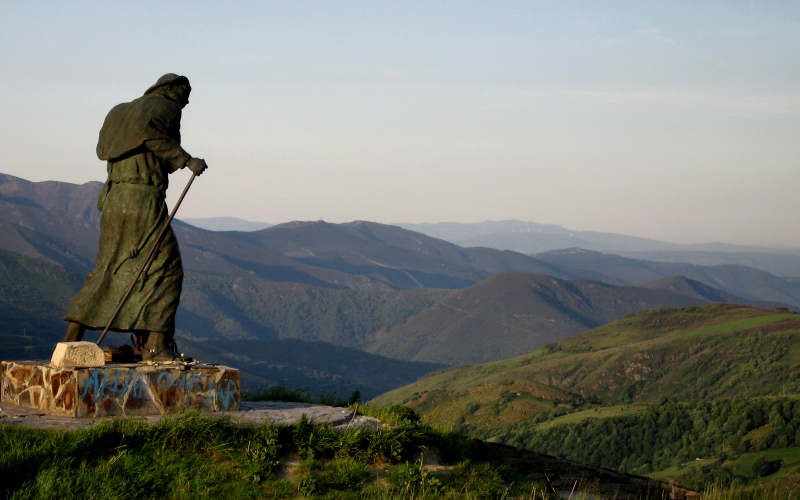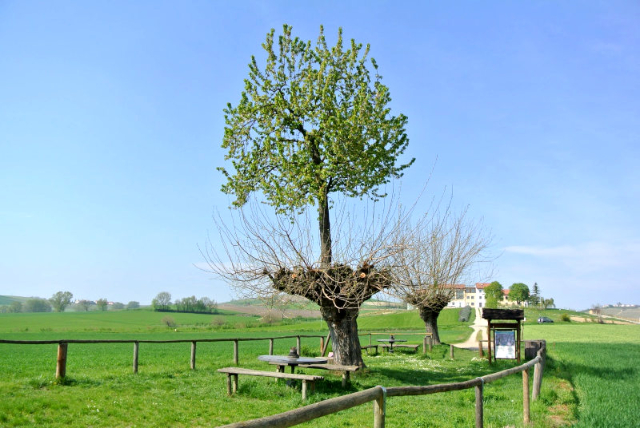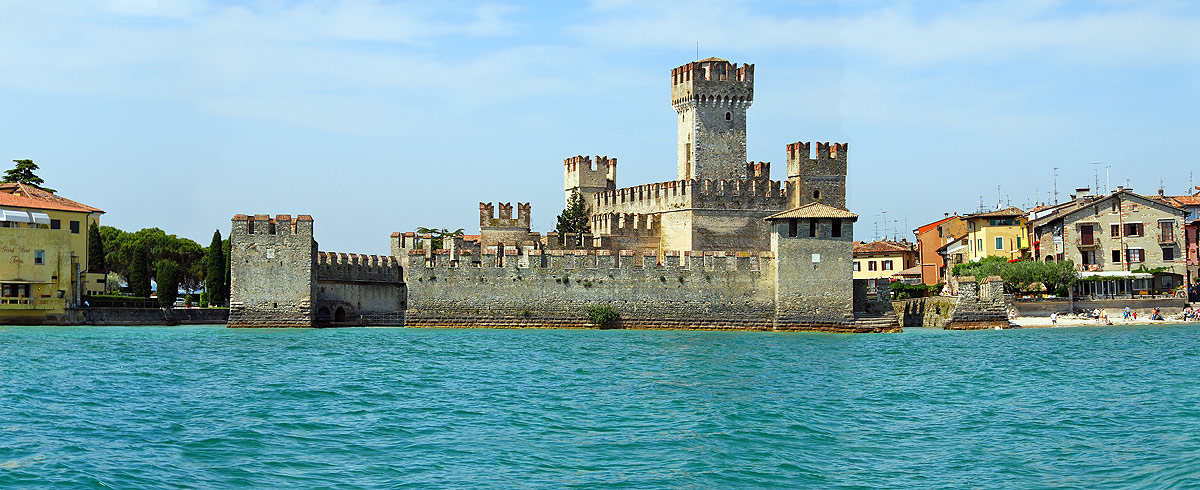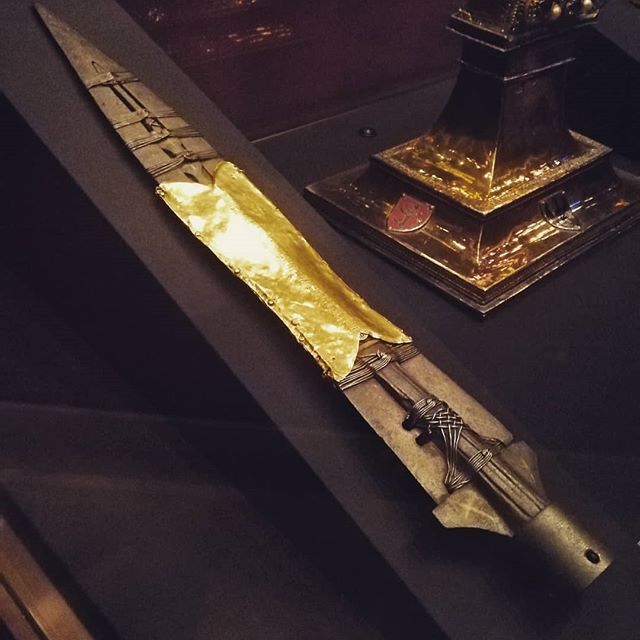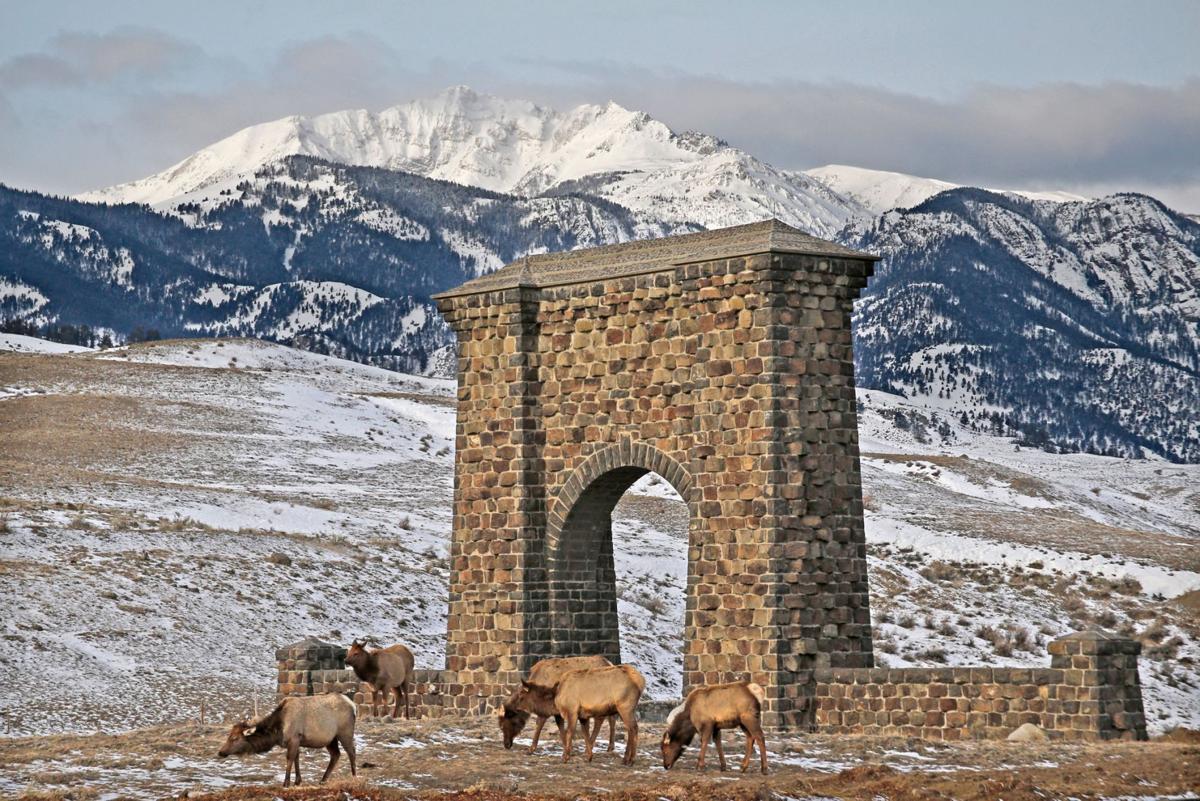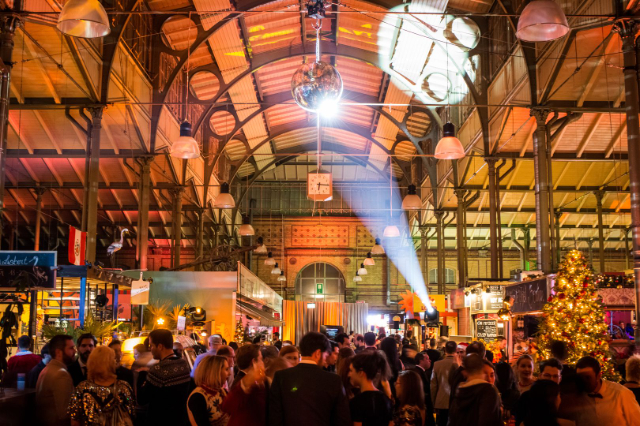The Way of St. James of Compostela is the long route that pilgrims have taken since the Middle Ages, through France and Spain, to reach the shrine of Santiago de Compostela, at which would be the tomb of the Apostle James the Greater.
The history of the Pilgrim’s Way to Santiago de Compostela has been crisscrossed for a thousand years by an endless network of paths traced by medieval pilgrims who by faith or imposition walked to the tomb of St. James and which today are recognized and protected by UNESCO as historical and cultural routes and, therefore, World Heritage Sites. Many people believe that the Camino de Santiago is a path that crosses northern Spain and, starting in the Pyrenees, leads to the cathedral of Santiago de Compostela in Galicia and ends on the Costa da Muerte, on the Atlantic Ocean, at Finisterrae or Muxia. It is actually much more than that. The name Camino de Santiago indicates not just one route, but endless roads and paths that, from all parts of Europe lead and led pilgrims to Santiago de Compostela and the shores of the Ocean.
The route known as the French Way, which leads pilgrims from the French side of the Pyrenees, across all of northern Spain to the cathedral of Santiago de Compostela and then on to Finisterrae or Muxia, traces the journey narrated in the fifth book of the Codex Calixtinus, written, according to tradition, by Aiméry Picaud in the 12th century (the writing of the Codex itself, however, is dated around 1260). That volume is dedicated to the glory of St. James the Greater and his cult in Santiago de Compostela and is an indispensable source for studying the origins of the Way of St. James.
In the 9th century, in the diocese of Iria Flavia, a hermit named Pelagius had a vision in which luminaries appeared to him in the heart of a forest, while he heard angels singing. The hermit warned Bishop Theodomierus of the event, who rushed to the site and discovered a tomb that held the remains of three individuals, one of whom had his head severed and was identified by the inscription "Here lies Jacobus, son of Zebedee and Salome." The first cathedral was built on the site of the tomb by order of Alfonso II, King of Asturias, where the first Benedictine monks took up residence in 893, and the city of Santiago de Compostela was built around it. Beyond tradition, archaeological excavations carried out in the 20th century showed that beneath the Jacobean cathedral was a Christian, Roman and Germanic necropolis dating from the 1st to 7th centuries AD.
The city of Santiago thus took its name from the Apostle and traditionally from the "Field of Stars" of Pelagius’ vision and began from the first centuries to welcome the first pilgrims.
In addition to the Cluniac monks, after the beginning of the Crusades and the founding of the military orders (Knights of the Temple, Knights of St. John, Teutonic Knights, …), in caring for the pilgrims were added precisely these original monastic orders, which had among their purposes the protection of the faithful who went for reasons of faith to the places of the Holy Land and to the other great sanctuaries of Christendom. Indeed, one of the most problematic issues facing a man in the Year One Thousand who decided to set out on a journey hundreds of miles across Europe was that of his own safety and physical integrity: in addition to the bad weather and hardships of the journey, groups of bandits were often lurking in the forests, mountains and wastelands, ready to rob and kill. The role of knightly monks was often precisely to protect pilgrims and maintain security on the roads.
The French Way became a veritable route for pilgrims from all over Europe.
After the creation of protected and well-equipped routes, another factor that favored the increase in pilgrims heading to Santiago de Compostela was the institution by Pope Calixtus II in 1122 of the Jacobean Holy Year, which is celebrated every year in which July 25, the feast of St. James the Greater, falls on a Sunday (the most recent was 2010); the next pontiff, Alexander III, on the other hand, granted Plenary Indulgence to those who visited the cathedral of Santiago de Compostela during the Jacobean Holy Years. As a result, pilgrims began to make the Way not only driven by the desire to receive graces or miracles, but also by the certainty of forgiveness of sins. Following these events, the pilgrimage ad limina Sancti Jacobi found great success throughout the 12th and 13th centuries, becoming one of the three great pilgrimages of Christendom, with Jerusalem and Rome.
